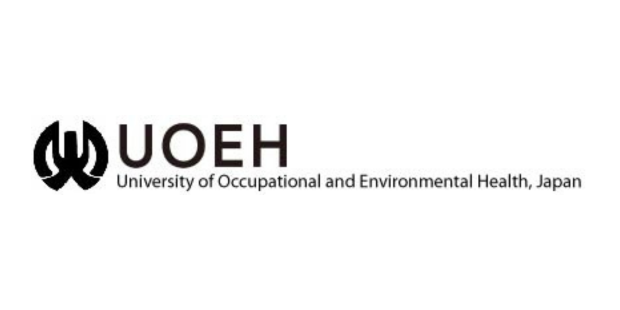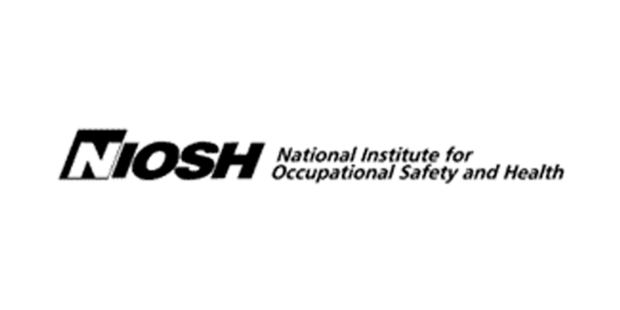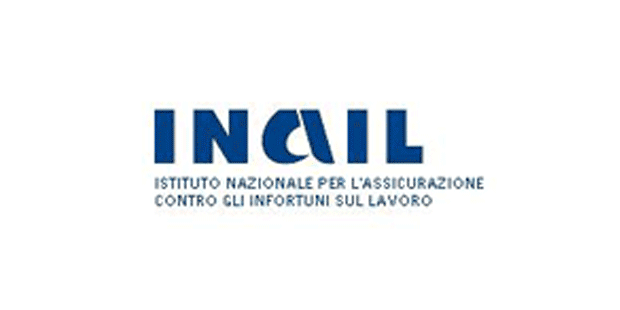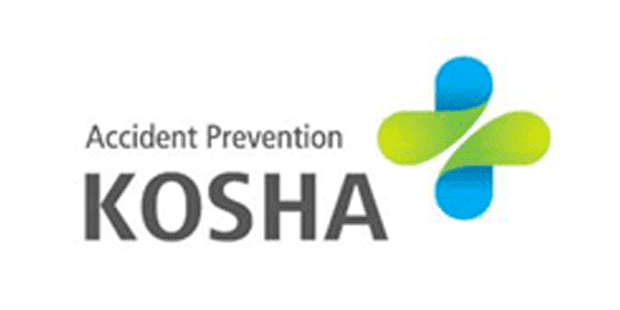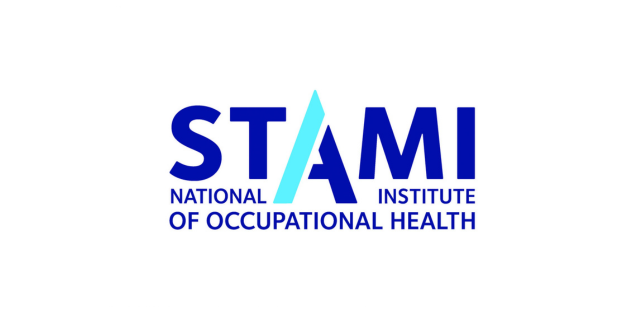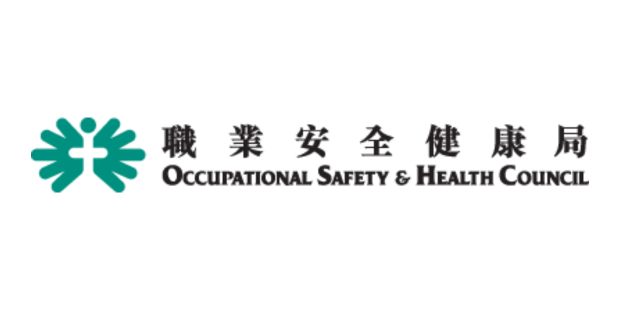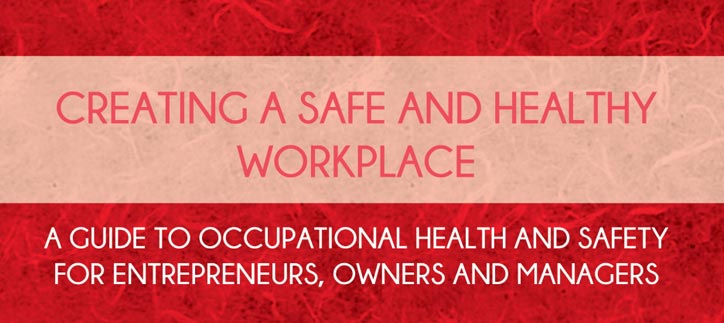Report of the Conference on “Environment and Reproduction”
The Italian Society of Reproductive Toxicology in collaboration with the Scientific Committee on Reproductive Hazards in the Workplace organized a Conference on the theme “Environment and Reproduction” in the University of Chieti School of Medicine on April 2-3, 2004. Among the environmental agents discussed for their possible negative reproductive effects, several scientific communications concerned the Endocrine Disrupting Chemicals (EDCs). Critical in this sense was the discussion of the use of biomarkers of exposure to EDCs, especially in conducting epidemiologic research. Focusing in particular on specific EDCs, such as PCBs, it was shown that it is not only important to monitor the total exposure to PCBs but also the exposure to specific compounds with different metabolic pathways and with different concentrations in subgroups of the population. One difficulty in the evaluation of the possible biologic impact of environmental EDs is the lack of reference values in the biologic liquids of the general (non exposed) population. One paper reported a close association between endometriosis and high blood concentration of the metabolites of phthalates, however the definition of “high concentration” is presently ill defined. The role of EDs was also discussed in relation to the oogenesis, premature birth, spermatogenesis, DNA damage of the germinal cells and congenital defects or neurological and/or behavioural problems of the newborn in animal systems.
Several communications and posters dealt with the possible mechanisms of action of reproductive toxicants including oxidative mechanisms.
The conference showed that research in reproductive toxicology is rapidly advancing, and that both experimental and epidemiological studies in exposed populations may contribute important new information on the role of occupational exposures on reproductive health, help to update the methods of monitoring the exposures, and especially provide new and solid scientific evidence on which to formulate preventive strategies.




